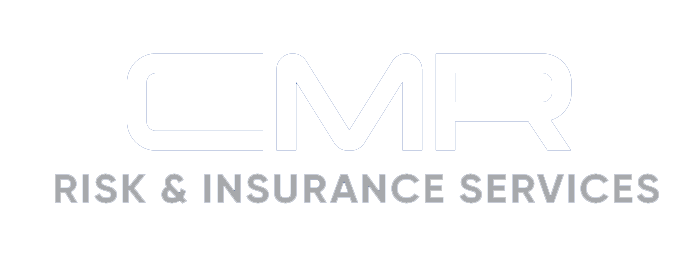Blog

July 3, 2024
2024 Midyear Market Outlook: Cyber Insurance
Heightened claim frequency and severity have created a volatile cyber insurance market in recent years, with most policyholders facing ongoing premium increases. Fortunately, the segment experienced underwriting profitability in 2022, allowing conditions to soften in 2023. Yet, many insureds are still experiencing coverage restrictions, underwriting scrutiny and exclusions for certain losses. In 2024, a report...

July 2, 2024
CMR Webinar: California PAGA Updates
Join us for an insightful webinar co-hosted by CMR Risk and Eric De Wames, Employment Law Managing Partner at Michael Sullivan & Associates, where we delve into the intricacies of California’s Private Attorneys General Act (PAGA) claims. Governor Newsom’s office recently announced a much needed and long-awaited agreement to reform PAGA. The proposed changes aim...

July 1, 2024
2024 Midyear Market Outlook: Commercial Property Insurance
The commercial property insurance segment has been characterized by ongoing premium increases for much of the past decade. According to industry data, such rate jumps reached record-setting levels in 2023, surging by an average of 20.4% in the first quarter alone and only slightly falling to 18.3% in the latter half of the year. These...

June 27, 2024
Active Assailant Coverage: A Key Provision in Preparing for California’s New Workplace Violence Prevention Law
With more than 650 mass shootings in 2023 and more than 110 this year (at the time of publication), it’s clear that active assailant incidents pose a severe and unpredictable threat to businesses of all types. And while most insureds have not been exposed to an active assailant event, the demand for this coverage is on the rise....

June 26, 2024
Preventing Heat-related Illnesses at Work
During the hot summer months, outdoor employees are increasingly vulnerable to heat-related illnesses. Normally, the body has ways of keeping itself cool by allowing heat to escape through the skin and evaporating sweat. However, if the body does not cool down properly or enough, a person may suffer a heat-related illness. Here are the three...

June 25, 2024
Tips for Business to Prevent Carbon Monoxide Poisoning
Carbon monoxide (CO) is a colorless, tasteless and odorless poisonous gas that is a byproduct of the incomplete burning of carbon-containing material. It can quickly accumulate in areas where employees work, even if the space appears well-ventilated. Exposure to CO can cause serious health problems and even fatalities, so business owners must take steps to...

June 20, 2024
EEOC Releases Promising Practices for Preventing Harassment in the Construction Industry
Recognizing that the unique structure of construction jobs can leave workers in the industry especially vulnerable to workplace harassment, the U.S. Equal Employment Opportunity Commission (EEOC) has issued a new guidance document outlining specific steps industry leaders can take to combat harassment in construction workplaces. The new document, “Promising Practices for Preventing Harassment in the...

June 18, 2024
Commercial Property Insurance Market Proving More Stable, Capitalized: USI
Following last year’s historically challenging property insurance market, 2024 is proving to be “a more stable and capitalized market,” USI Insurance Services reported in its latest Commercial Property & Casualty Market Outlook Mid-Year Addendum. “Large rate increases from 2023 have mostly subsided for the broader market,” the New York-based insurance brokerage firm said in the report....

June 17, 2024
50% of Non-Native English Speakers Don’t Understand Their Safety Training
Companies may think they have workplace safety resources covered, but they may not have taken into consideration one very important detail: Whether their workforce can understand them. One-hundred percent of industrial workers say that safety training is essential for fostering a safe workplace, according to the Vector Solutions State of Industrial Worker Safety and Well-Being Report....

June 13, 2024
U.S. Job Growth Expected to Spike Workers’ Comp Claims
Employers will likely face an increase in workers’ compensation claims in light of the U.S. Labor Department’s May 2024 report indicating the country added 272,000 new jobs. “New employees not only equal more workers’ comp premiums, they are significantly more likely to incur a claim,” Joe Paduda, owner of Health Strategy Associates, said in an interview with PropertyCasualty360.com. “Jobs in health care and...
